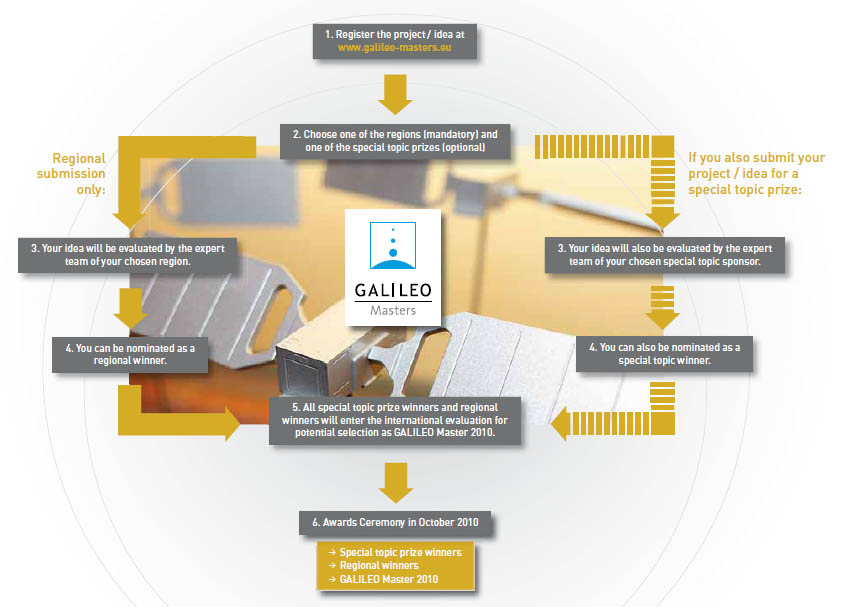 One of 12 magnetograms recorded at Greenwich Observatory during the Great Geomagnetic Storm of 1859
One of 12 magnetograms recorded at Greenwich Observatory during the Great Geomagnetic Storm of 1859 1996 soccer game in the Midwest, (Rick Dikeman image)
1996 soccer game in the Midwest, (Rick Dikeman image)
 Nouméa ground station after the flood
Nouméa ground station after the flood A pencil and a coffee cup show the size of NASA’s teeny tiny PhoneSat
A pencil and a coffee cup show the size of NASA’s teeny tiny PhoneSat Bonus Hotspot: Naro Tartaruga AUV
Bonus Hotspot: Naro Tartaruga AUV
 Pacific lamprey spawning (photo by Jeremy Monroe, Fresh Waters Illustrated)
Pacific lamprey spawning (photo by Jeremy Monroe, Fresh Waters Illustrated) “Return of the Bucentaurn to the Molo on Ascension Day”, by (Giovanni Antonio Canal) Canaletto
“Return of the Bucentaurn to the Molo on Ascension Day”, by (Giovanni Antonio Canal) Canaletto The U.S. Naval Observatory Alternate Master Clock at 2nd Space Operations Squadron, Schriever AFB in Colorado. This photo was taken in January, 2006 during the addition of a leap second. The USNO master clocks control GPS timing. They are accurate to within one second every 20 million years (Satellites are so picky! Humans, on the other hand, just want to know if we’re too late for lunch) USAF photo by A1C Jason Ridder.
The U.S. Naval Observatory Alternate Master Clock at 2nd Space Operations Squadron, Schriever AFB in Colorado. This photo was taken in January, 2006 during the addition of a leap second. The USNO master clocks control GPS timing. They are accurate to within one second every 20 million years (Satellites are so picky! Humans, on the other hand, just want to know if we’re too late for lunch) USAF photo by A1C Jason Ridder.  Detail of Compass/ BeiDou2 system diagram
Detail of Compass/ BeiDou2 system diagram Hotspot 6: Beluga A300 600ST
Hotspot 6: Beluga A300 600ST

1. CARTOON FRENZY
Absolutely Everywhere, The World
1. CARTOON FRENZY
Absolutely Everywhere, The World
√ Everyone’s talking about Pokémon Go; so, we will, too. The location-based augmented reality game fits so well into neighborhood landscapes that it prods millions of people to go outdoors with their smartphones to find cartoon creatures in the shrubbery. It avoids the scariness of virtual reality — think The Matrix — “because humans still get to touch. . . with their real time physical world,” said IEEE member and expert on new immersive technologies Todd Richmond. The nextgen iteration of the 1990s video game franchise uses a mobile phone’s camera and navigation functions to overlay its “Pokestops” on public landmarks, historical buildings and unique local businesses geotagged on Google. Niantic Inc. designers also used five million locations contributed over several years by players of Ingress, a previous real world game they designed.
2. GNSS PHILATELY
Moscow, Russia
√ On July 5, the Russian Federation released a commemorative stamp worth about 33¢ honoring their third-generation GLONASS-K satellite. (Lighter, stronger, with longer life and greater accuracy, it broadcasts both FDMA and CDMA signals.) Two flight test models are in orbit, one launched in 2011 and the other in 2014. The second satellite went into service in February.
3. NULL ISLAND
Prime Meridian and the Equator
√ If Null Island didn’t exist, someone would have to invent it, right? Well, they did. It cannot be found at 0 ° N, 0 °E west of Cameroon, and it’s too small to be shown on maps, but we’ve all been there. Introduced by digital map developers, the coordinates are a programming default where coder and user errors go to die. About seven years ago, a cartographer for the open-source Natural Earth data set, in true human fashion, put a name to that non-place and pretty soon it had a history, population, language, quirks, and a T-shirt. If you happen to be sailing by, you’ll see a weather observation buoy collecting data on behalf of the Prediction and Monitoring Array in the Atlantic (PIRATA), and you might hear faint music and laughter from the tropical paradise where only bad data can be found.
4. HIDDEN EMPIRE
Angkor Wat, Cambodia
√ A huge archaeological project covering more than 734 square miles took three years instead of a lifetime of hacking through tropical jungle because of Light Detection and Ranging (LIDAR) scanning technology and high-precision GNSS mounted on helicopters. Between 2012 and 2015, researchers uncovered a 12th century megacity much larger than expected at the remarkable ruins of the Kmer Empire near Angkor Wat. The empire was the largest in the world at that time, with one individual city larger than Phnom Penh today. Penetrating the thick jungle and modern farmlands with 16 data points per square meter, the technology allowed Australian Damian Evans and his team to piece together a 3D point cloud model showing complex water and highway systems, quarries, stone structures, and geometric earthworks.
BONUS HOTSPOT: The Great Geomagnetic Storm of 1859
The Sun and the Earth
Good thing the global navigation satellite systems hadn’t been invented yet in 1859. From August 27 to September 7 the first observation of a solar flare and the most powerful geomagnetic storm in history happened, and it shook everybody up. The solar coronal mass ejection was so powerful, particles traveled from Sun to Earth in 18 hours. the Northern Lights were visible in Cuba and Hawaii, and the Sourthern Lights in Brisbane, Australia.(more)





